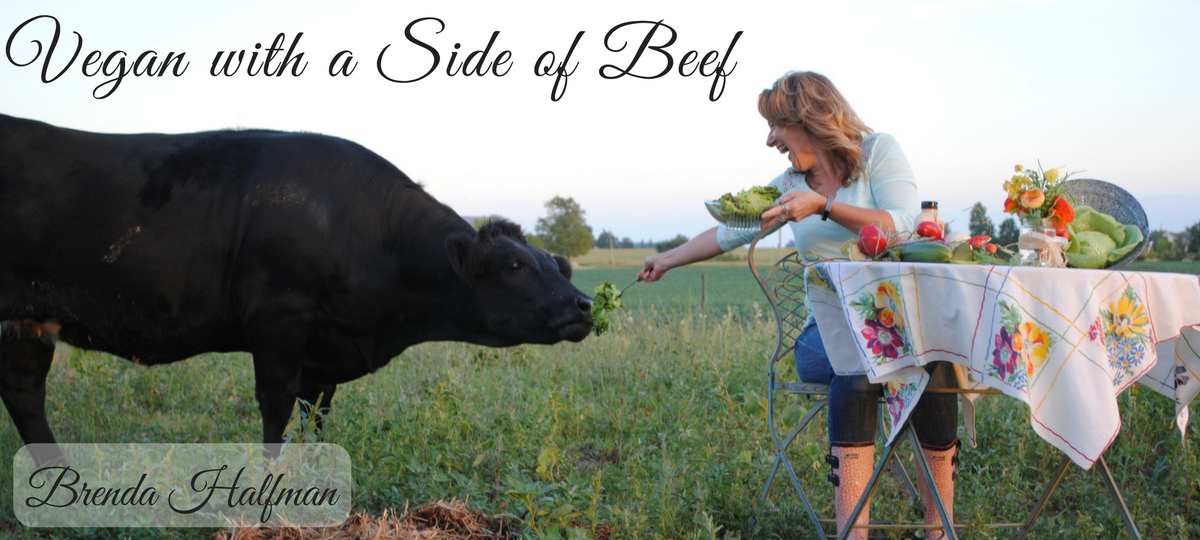Freeze apples now, bake with them later.
Wash apples

Peel, core and slice apples

You’ll need: Quart or gallon freezer bags or freezer containers or a food vacuum sealer
I freeze my apples in three different quantity sizes: 6 cups (amount needed for a 9 “ pie), 4 cups (amount needed for an 8×8 pan of apple crisp) or 8 cups (amount needed for a 9×13 pan of apple crisp).
After bagging the apples up, I write both the quantity of apples and the year on the bag. Lay them flat in the freezer. After they’ve frozen solid, they will stack (somewhat) nicely.

Baking with the frozen apples: I take the apples out of the freezer the night before I want to bake with them; letting them thaw overnight. Two downfalls to frozen apples: 1.) They brown in the freezer; but seriously, after you bake them who’s going to know if they’re brown – you’ve just baked them into something delicious. 2.) You will have a lot of liquid in the bag. First, drain the liquid out of the bag into a bowl or measuring cup. Pour your apples into your baking dish. Then – you have to kinda eyeball this – pour some of the liquid into the pan with the apples until it looks like you have enough. You’ll know, because you don’t want the liquid spilling over the edge of your pie plate or a soggy apple crisp.
Applesauce
I don’t like giving canning instructions. I’ve been canning over 30 years and it has become a bit of a second nature to me. If you’re not completely comfortable with the instructions or you would like a little more instruction, you can google “canning applesauce” and find all kinds of help, suggestions, more detailed instructions and pictures.
I got this recipe from my friend Julie. It’s super easy.
- 12 pounds apples
- ½ – 1 gallon water
- ¾ cup lemon juice (Optional: I was told the lemon juice will help the apples from browning. I use the lemon juice, others don’t.)
- 12 washed and sterilized pint jars (or 6 quart jars), lids and rings for jars
Wash apples

Peel, core and slice apples

Place apples in large stock pot. (I use a 10 quart stock pot.) Add ½ – 1 gallon water (The more water you add, the thinner your apple sauce will be and the longer you will need to cook it down.) I generally use ¾-1 gallon water. Add lemon juice. Once you have all 12 lbs. of apples and your water in pan, depending on the size of your stock pot it may be very close to overflowing as it begins to boil. I forgot to take a pic of that for you.
Cook apples on medium to low heat, stirring frequently to prevent apples from scorching on the bottom of the pan. As you cook them, the apples will break down giving you a thick, chunky sauce. I don’t run mine through a food processor or blender; we like chunky applesauce. (You can blend it if you prefer no chunks.) Cook apples 3-4 hours, until desired consistency (Maybe longer, depending on cooking temperature.)



When it’s almost time to start canning your applesauce, boil water to sterilize your washed jars. Also start a small sauce pan of water boiling to put your canning lids in. Have the applesauce good and hot when you fill your hot, sterilized jars. Fill jars one at a time. After jarring, put on a canning lid taken out of the pan of boiling water and then a canning ring. (Jars are hot, use a towel when tightening the ring on jar.) From there, I put my full jars on a heavy towel on my counter; up against the wall and away from any breeze. I then cover all of the jars with another towel to keep the heat in, allowing the jars to cool slowly. I’ve had good luck with getting all of my jars to seal. Let jars sit for 24 hours before moving them. I don’t “hot water bath” my jars as a last step, but I know a lot of people that like to. If you want, you can definitely do that.
“Hot Water Bath”: Place the full jars in a hot water bath for 10 minutes. Remove jars from pan. Be careful – they’re hot! Place jars on a heavy towel, away from any cool breeze, cover with another towel. Let jars sit for 24 hours before moving them. (Hot water bath is supposed to help ensure your jars seal.)

2 batches.

Apple Peeler, Corer, Slicer: I have one and it is a hand cranked wonder, as well as a huge time saver. I picked it up a few years ago for around $20 at Meijer. Much faster than using a paring knife; but if you don’t have one, a paring knife will definitely do the job.

Thanks for stopping.
Brenda
Disclaimer:
These recipes and tips are not guaranteed to work or be safe for everyone. Allergies are extremely complicated and vary for each individual. It is still your responsibility to read labels to ensure your safety. I cannot be held liable for any ill effects from using my tips to avoid your allergies. (Sorry guys, I don’t foresee any problems, but Momma’s gotta cover her backside, ya know? Just read your labels! Do your research!)
